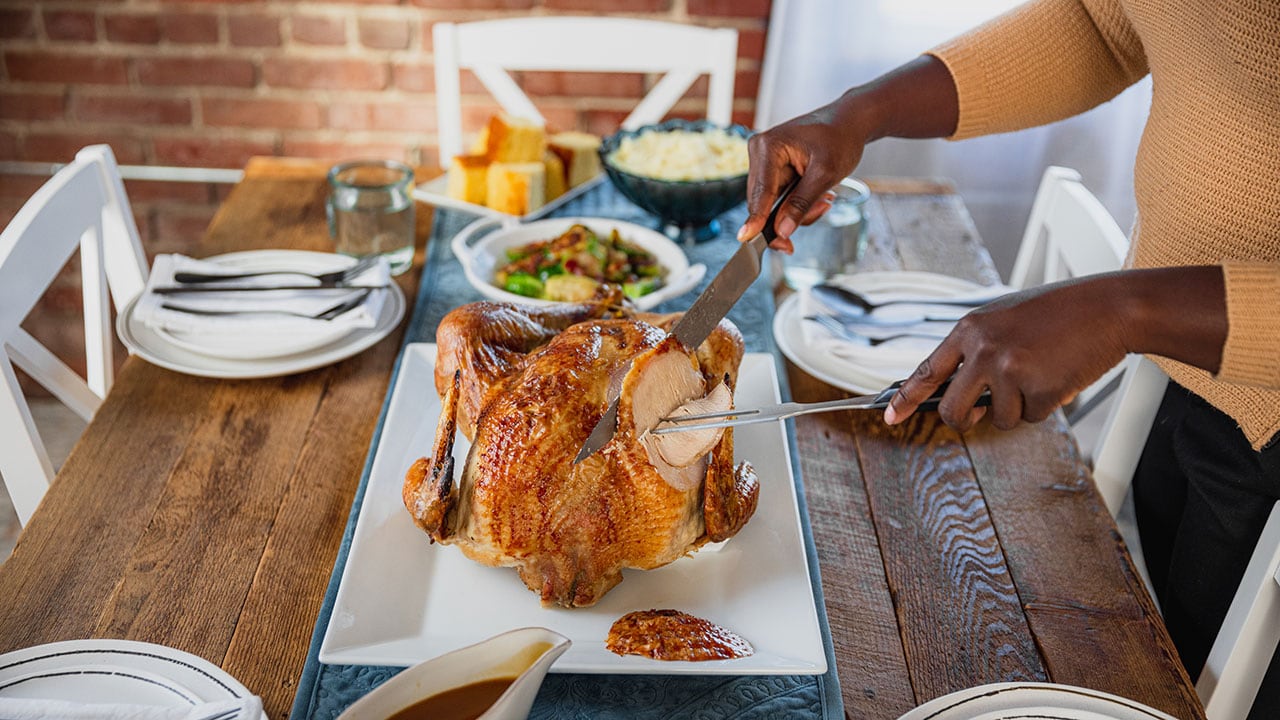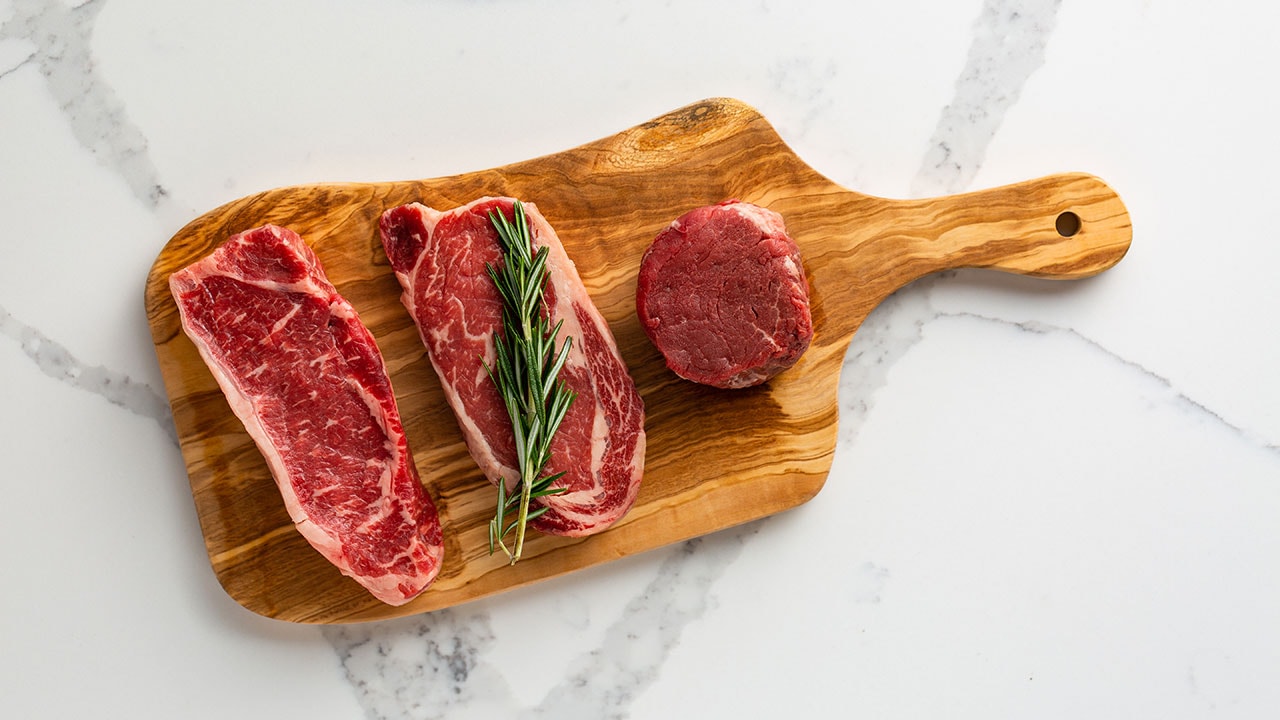Last Updated on February 18, 2022
Cooking a single recipe can be simple, but overall success in the kitchen is much more complex. Like many creative endeavors, cultivating a solid base of culinary understanding can go a long way. From having the right kitchen tools and understanding terminology to knowing how to read between the lines of the recipe, here are some simple steps to set yourself up for success in the kitchen.
Know Your Knives
Knives are an essential part of your kitchen repertoire, and it’s important to know what knife to use when. After all, it’s downright dangerous to use a chef’s knife to peel an apple, and you wouldn’t want to use a paring knife to trim the fat off that thick steak. Check out this quick guide that shares details on the most common knives in the kitchen, including when to use them.
Keep Your Blades Sharp

You wouldn’t be the first person to think that dull knives might actually be safer than sharp ones. But that is a common myth. Sharper knives are quicker to bite into what you’re cutting, and require less pressure to cut and slice because of their keen edge. Dull knives require more pressure and are more likely to slip away from the intended cutting zone. Bottom line—a sharp knife is a chef’s best friend!
Read Recipes in Their Entirety
Whether you get your recipes from your favorite blogger or your grandmother’s cookbook, it’s important to know what you’re getting into before you start. Every recipe is unique, not only in its combination of ingredients but also in how it’s written. If you see ingredients listed like “1 red onion, chopped,” you’ll need to factor that chopping time into your prep. You also want to make sure your timing of different recipe elements makes sense. You don’t want to turn on the oven after you do your prep or wait for your pasta water to boil when the rest of your dish is ready.
Be sure to keep your personal multitasking limits and your kitchen constraints in mind as well. Do you have the stove space or pots and pans to accommodate all the different aspects of a dish? If the recipe calls for constantly stirring a sauce, you won’t be using those 10 minutes to prep the chicken. With recipes, be sure to read until the end to know what’s coming and be prepared.
Be Mindful of Pre-Cooking Temperatures

While people often talk about final cooking temps, the temperature of your pre-cooked ingredients holds equal importance and may require extra foresight. If you’re whipping butter, you’ll need it to soften before you work with it. However, for certain baked goods, you’ll want to keep the butter cold and hard throughout. Bringing meat to room temperature before grilling encourages even cooking, but requires 15+ minutes after taking it out of the fridge. And the best brine is chilled, meaning you’ll have to plan ahead for the brine to cool down before you place the meat into it. No matter what you’re making, temperature matters and a little planning can go a long way.
Learn Common Cooking Terms
This one is important. Do you know the difference between basting and marinating? How about chopping and dicing? Baking and roasting? And when a recipe says pan-searing, how is that different than sautéing? A little bit of studying cooking terminology beforehand will set you up for success and quick delivery when you dive into a variety of different recipes.



